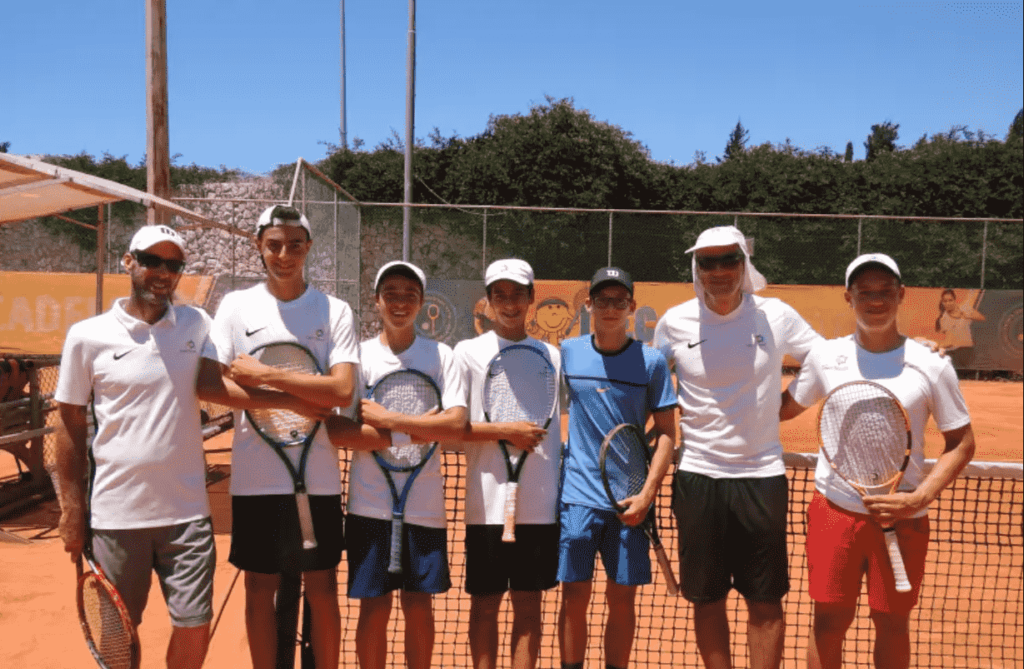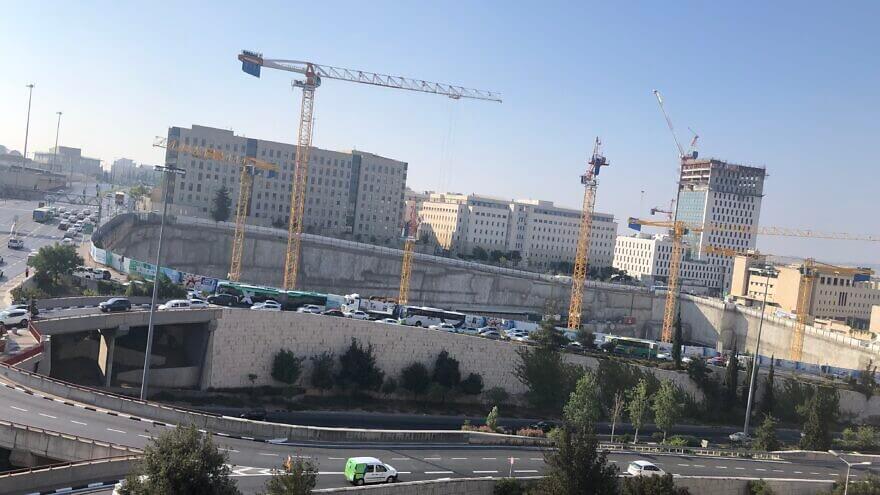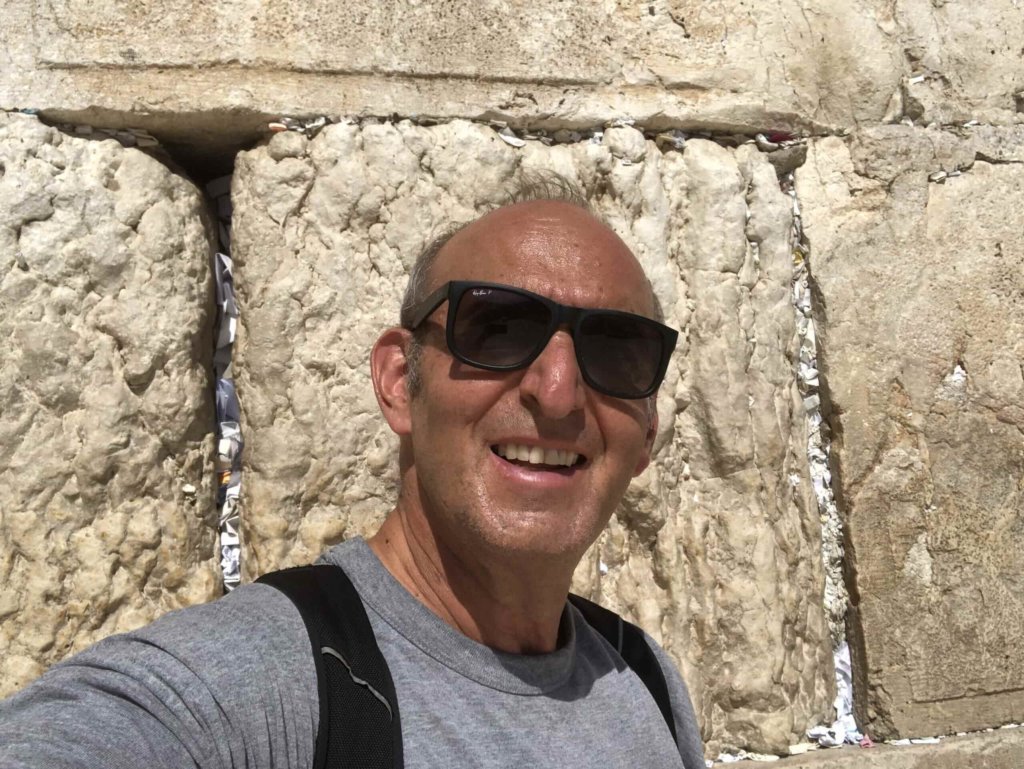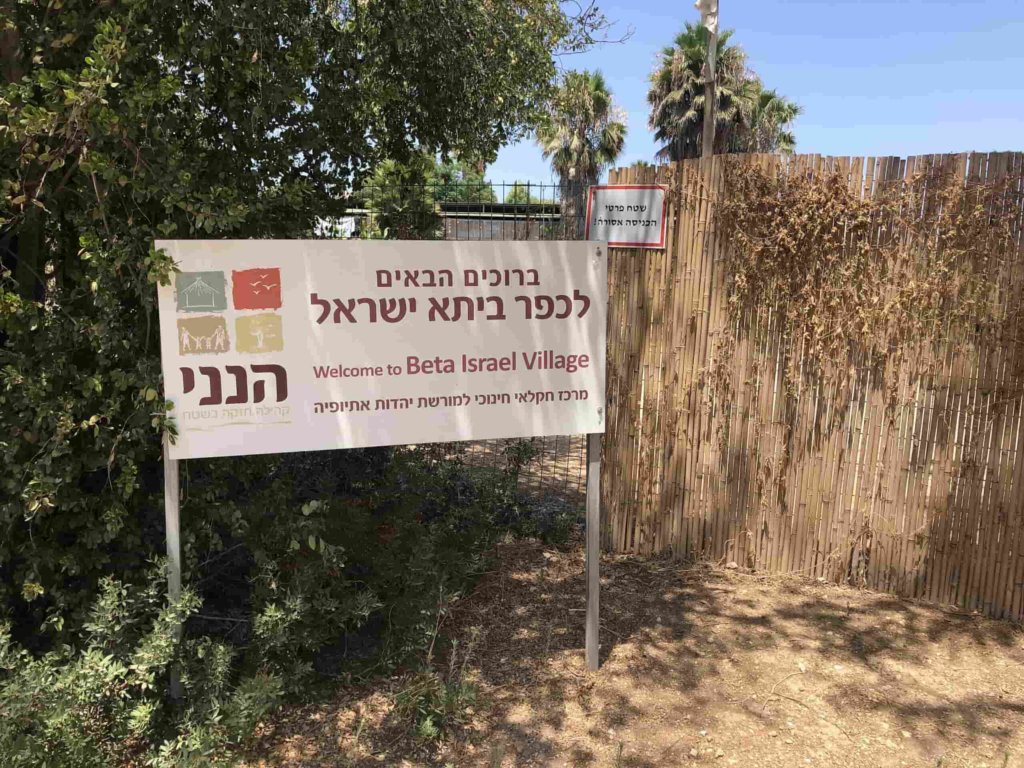Original Article Published On The Jerusalem Post
As US Open gets under way, lack of blue-and-white competitors is glaring * ITEC and David Squad aim to change that
When fans return to this year’s US Open, they will be painfully aware of an absence of Israeli players.
There will be no Israelis in the men’s or women’s singles draw of this year’s US Open, to be played August 30-September 12 at the USTA Billie Jean King National Tennis Center in Flushing, NY.
Jonathan Erlich, 44, will play doubles with Lloyd Harris of South Africa. Dudi Sela, 36, ranked 319, reportedly tested positive for COVID-19 prior to last week’s scheduled match in the qualifying tournament versus Belgian Ruben Bemelmans.
If Hans Felius has his way, the lack of Israelis in major tennis tournaments will change in the future. Felius, the director of tennis at ITEC (Israel Tennis Educational Centers) – formerly known as Israel Tennis Centers – has a carefully thought-out plan for systematically training Israeli children with great potential so they will one day play in major junior and adult tournaments around the world.
Felius projects that his efforts will bear fruit in 2029. This is no consolation for lovers of Israel tennis with tickets to the 2021 US Open.
Fans of Israel tennis traditionally flock to the US Open each August with hopes of seeing Israeli pros and even juniors in action. Many have stories and memories of late nights spent watching Sela or Shahar Pe’er battle it out on a side court, or Julia Glushko playing in the noon heat, seeking a spot in the main draw. They remember summers watching aspiring juniors Yshai Oliel, Lera Patiuk, Or Ram Harel or Bar Botzer – with great hopes that they’d become the next Rafael Nadal or Roger Federer.
Fans of a certain age remember Gilad Bloom, now 54, reach the rank of No. 61 in singles. Or Shlomo Glickstein, who reached a career-high singles ranking of No. 22 in 1982, and his career-high doubles ranking of 28 in 1986. His impressive career includes reaching the quarterfinals of the Australian Open once, the third round of both Wimbledon and the French Open once, and the second round of the US Open four times.
Felius is not making excuses for the absence of Israelis at most Grand Slams in recent years. He is simply working to get Israelis back in the draw of major junior and professional tournaments. And he may just have what it takes.
Felius, a native of the Netherlands, was the professional director of the Dutch Tennis Association. He came to Israel in 1988 and was recruited to work with such players as Bloom, Amos Mansdorf and Anna Smashnova. After a stint in Israel from 1989-1997, Felius trained and coached players in Austria and Holland.
“My main expertise is in systematically building players to the professional ranks,” said Felius. He emphasized that “physical education is the basis.”
The father of six is a Jew by choice who made aliyah in 2012. He took a break from tennis to work in hi-tech then was offered his current position, the Director of Tennis and Social Impact Programs at the ITEC.
“I had one more chance to do it right—to get players to the top 100. I knew it would take patience.”
Felius knew it would require a carefully crafted, step-by-step plan.
“It takes 10 years, and we need to stick to each point.”
He firmly believes that getting Israeli players to the top levels is not a matter of “taking the two best players at age 16 and giving them the best coach.”
He makes the case that it is important to identify children with the right motor skills and other skill sets at age seven.
The ITEC is in a unique position to identify and work with young players throughout the country. The ITEC offers what he describes as “three complementary, yet separate spheres that empower one another and create synergy.” They include junior development (5,500 children), social impact programming (for 2,000 children at risk and also includes a coexistence and an obesity prevention program) and talent development.
The talent development program provides 500 gifted players the opportunity to eventually play professional tennis, or to receive scholarships to play at leading universities and colleges abroad. Players train in seven junior academies throughout Israel (Akko, Yokneam, Haifa, Ramat HaSharon, Tel Aviv, Ashkelon). They play two hours a day, five days a week and also participate in fitness classes, mental training and tournaments at the centers. Some go on to play tournaments in Israel and abroad.
Select players from these academies who meet certain ranking and tournament point benchmarks will proceed to the International ITEC Tennis Academy, where the program consists of six days of tennis and fitness, mental training, medical/physiotherapist support and nutrition.
Players on the Elite Team, top-100 track currently include males Ron Ellouck (ranked No. 148), Vova Bazilevsky, Amit Valas, Ofek Shimanov (715), and female players Mika Dagan Fruchtman (226), Karin Altori (541), Mika Buchnik (775) and Vasilina Andronov. Some from this cohort will go on to play men’s and women’s future tournaments, then top level ATP and WTA professional tournaments.
While Felius’ program is predicted to take 10 years before an Israeli is at the top of the tennis world, the David Squad is also hard at work getting young Israelis to the big tournaments – and they predict it will take even less time.

The David Squad was started in 2007 by British businessman David Coffer, who at the time was struck by what he saw as a lack of clay tennis court training facilities in Israel. He selected eight of the best juniors and funded a two-week intensive training camp on red clay courts in Spain. The single focus of the David Squad elite training program is to produce Israeli tennis players who win international competitions.
Andy Zingman, Head of Operations of the David Squad and head coach, proudly reports: “We are currently coaching and managing the top-three 15-year-old boys, the best two 14-year-old boys and the top 12-year-old girl. All of them represent Israel at European Championships and are/were highly ranked in Europe U14.”
Zingman, who made Aliyah from Argentina 15 years ago, was ranked No. 18 in the world for U18, was the Argentine singles and doubles national U18 Champion, competed in all four Grand Slams, and has extensive experience coaching junior and professional players. He boldly predicts that all six players in the David Squad elite training program will make it to the US Open within two to four years.
“We just need time for them to grow, get stronger, and absorb the hard work.”
He bases his prediction on accomplishments of the David Squad players so far.
“In the past 15 years the David Squad has grown to become one of the most highly-respected organizations in Junior tennis, having produced international champions, including Junior Grand Slam, Orange Bowl, $10k, $15K and $25K tournaments winners.”
The six players the David Squad is currently working with include:
• Gur Trachtenberg (15 years old, ranked No. 592): Israeli National Champion U12 & U14. Last year he won three Tennis Europe tournaments in a row, won the Israeli Junior National Tournament (U14) and Represented Israel at European Championships.
• Halel Ashoosh (15 years old; ranked No. 1,709): Winner of national tournaments U12 & U14. Last year was the finalist of three U14 Tennis Europe tournaments in a row (lost to Gur). Represented Israel at European Championships U12 & U14.
• Eyal Shumilov (14 years old; ranked No. 1,611): Winner of multiple singles and doubles Tennis Europe tournaments and National tournaments in Israel in 2020. This year he won a doubles ITF tournament with Gur Trachtenberg in Georgia. Represented Israel at European Championships U12 & U14.
• Tim Vaisman (14 years old): This year achieved Best ranking of No. 4 in Europe U14, Represented Israel at European Championships U12 & U14. He was singles and doubles Champion in several TE tournaments.
• Ilan London Menache (14 years old): A new player on the squad who immigrated with his family from Brazil three years ago. Ilan won national tournaments and represented Israel at the U14 European Championships this summer.
• Evelin Bortsova (12 years old): The Israeli National Champion U10, and potentially U12 next month. She won many singles matches and a doubles tournament at U12 Tennis Europe events this year. Evelyn owns a fantastic eye-ball coordination, stroke technique and a winning mentality.
In addition to these players, the David Squad continues to develop promising younger players as part of the David Squad pipeline.
“Throughout the past 15 years we have continued to produce the very best Israeli players, through our professional approach and dedication to the highest standards to produce elite level players, irrespective of lack of support from the wider system,” noted Coffer. “We continue to do so and are extremely excited about our current cohort, which comprises an exceptional group of the region’s top players aged 12 to 15. We are certain each of them will be playing juniors Grand Slam in the short term and very confident about their progression to professional status thereafter.”
While spectators at this year’s US Open will not get to see any Israel other than Erlich in action, they are invited to keep a close eye on the boys and girls working hard at ITEC and through David Squad to become Israel’s next tennis stars. Perhaps one day, one of these young Israelis will be accepting the champions trophy on center court at Arthur Ashe Stadium.







